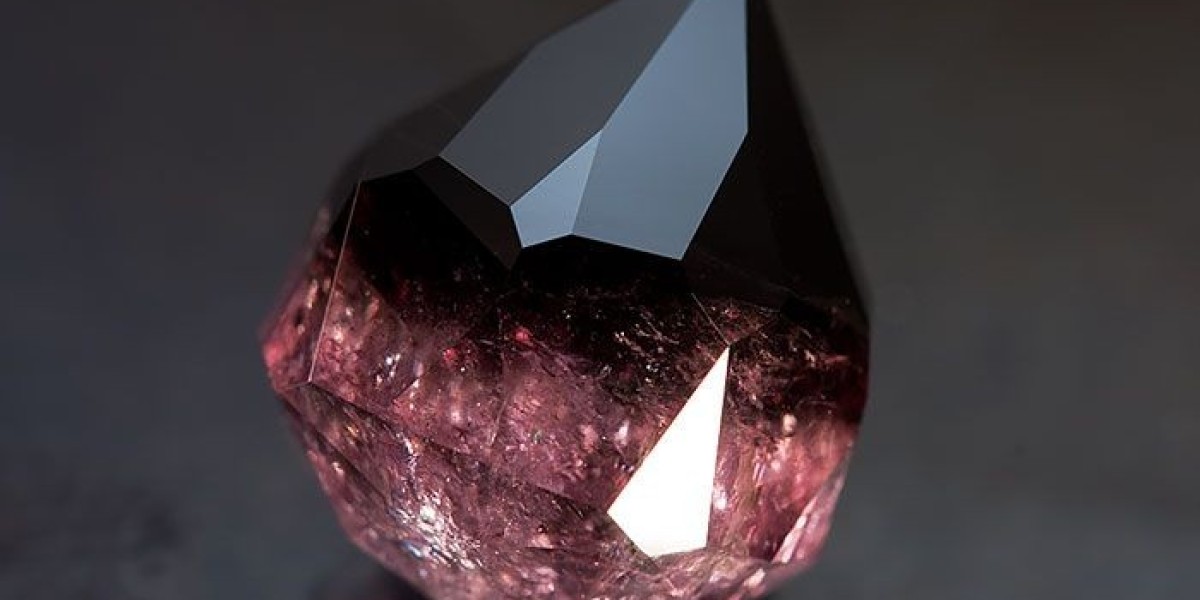Mineral collecting is a fascinating hobby that has captured the imagination of enthusiasts for centuries. The allure of rare and unique mineral specimens lies in their stunning beauty, geological significance, and the thrill of unearthing natural treasures. Whether you're a seasoned collector or just beginning your journey into the world of minerals, understanding the different types of rare minerals, their origins, and how to identify them is essential. This comprehensive guide is designed to provide you with expert insights into rare and beautiful mineral specimens that can elevate any collection.
Understanding Rare and Unique Mineral Specimens
Minerals are naturally occurring substances that form in the Earth’s crust over millions of years. Rare and unique minerals are prized for their scarcity, distinct characteristics, and the challenges associated with finding them. Unlike more common minerals, these specimens often come with fascinating stories, and their rarity often dictates their value. For serious collectors, rare minerals are more than just beautiful objects; they represent geological processes, historical significance, and the Earth’s rich diversity.
The Role of Rarity in Mineral Specimens
Rarity plays a crucial role in determining the value of a mineral specimen. Some minerals are considered rare due to their limited occurrence in nature, while others are unique because they only exist in specific geological environments or under very specific conditions. For example, minerals such as tanzanite and painite are sought after for their extreme rarity and striking appearance. Collectors who specialize in rare minerals often focus on acquiring specimens that are not only beautiful but also difficult to find.
Categories of Rare and Unique Minerals
Minerals can be classified in various ways based on their composition, crystal structure, and formation process. When it comes to rare and unique specimens, collectors often focus on a few key categories that highlight both rarity and beauty.
1. Gem Minerals
Gem minerals are among the most sought-after rare minerals due to their vibrant colors, clarity, and ability to be cut into stunning gemstones. Famous examples include emeralds, sapphires, and diamonds. However, within this category, some minerals are exceptionally rare, such as alexandrite, which changes color depending on the lighting. Rare gem minerals are highly coveted because of their aesthetic appeal and their value in the jewelry market.
2. Metallic Minerals
While metallic minerals are common in many collections, rare metallic minerals are particularly valuable. Minerals like platinum, rhodium, and gold are rare in nature and are often collected for their distinctive properties. Rare copper and silver minerals, such as chalcocite and argentite, are also highly prized for their rarity and metallic luster.
3. Crystal Minerals
Crystals are minerals that have grown in well-formed structures, exhibiting clear geometric shapes. Rare crystal minerals such as quartz varities like smoky quartz and amethyst are highly valued by collectors for their clarity and crystal formation. Other rare examples include dioptase and fluorite, known for their striking, vibrant colors and perfect crystal formations. The beauty and the ability to preserve these minerals in pristine condition is a key part of their appeal.
4. Carbonate and Sulfate Minerals
Rare carbonate and sulfate minerals are particularly interesting to collectors due to their unique compositions and fascinating formation processes. Malachite, with its vivid green color, and azurite, with its rich blue hue, are popular among collectors. These minerals often form in specific geological environments, making them rare finds. Similarly, sulfate minerals like gypsum and barite can form in desert environments or around evaporating bodies of water, adding another layer of intrigue to their rarity.
5. Rare Earth Minerals
The rare earth elements (REEs) group is a collection of 17 elements that are crucial in many modern technologies, such as smartphones, electric vehicles, and renewable energy. Minerals like monazite, bastnäsite, and xenotime are classified as rare earth minerals. Their scarcity, along with their critical role in modern technology, makes them highly valuable to collectors and industries alike.
How to Identify Rare and Unique Mineral Specimens
Identifying rare and unique minerals requires a keen eye and a deep understanding of mineralogy. Several key characteristics must be considered when evaluating mineral specimens:
Color and Transparency
The color of a mineral is one of the most striking features. Rare minerals often exhibit vibrant and unique colors, such as the deep green of emeralds or the bright blue of lapis lazuli. Transparency also plays an important role, as some rare minerals, like diamond or topaz, are prized for their clarity.
Crystal Structure
The arrangement of atoms within a mineral determines its crystal structure, which in turn affects the mineral’s appearance and properties. Crystals that exhibit perfect symmetry and well-formed geometric shapes are considered more valuable. Understanding crystal habits—the characteristic shapes a mineral takes as it grows—can help in identifying rare specimens.
Hardness
The hardness of a mineral, measured on the Mohs scale, is another key identifying factor. Rare minerals often have a unique hardness that makes them more durable or more difficult to work with. For instance, diamonds are the hardest known natural material, while minerals like talc are among the softest.
Geological Origins
The geological environment in which a mineral forms is a key indicator of its rarity. Minerals that form under extreme conditions, such as high pressure or temperature, are often rarer and more valuable. Minerals found in specific geological settings, like certain volcanic regions or deep-sea deposits, are also more difficult to find.
Building a Collection of Rare and Unique Mineral Specimens
Building a collection of rare and unique mineral specimens is an exciting and rewarding endeavor. However, it requires a significant amount of knowledge, patience, and resources. Here are some essential tips for collectors:
1. Start with a Clear Focus
Before beginning your collection, determine what type of rare minerals you are most interested in collecting. Are you drawn to gem minerals, or do you prefer rare earth minerals? Focusing on a specific category or region can help you build a more cohesive and valuable collection.
2. Research and Learn
Knowledge is essential when collecting rare minerals. Research the minerals you’re interested in, including their physical properties, formation processes, and geographic locations. Joining online communities, reading books, and attending mineral shows can provide valuable insights and help you make informed decisions.
3. Authenticity and Provenance
When acquiring rare minerals, always ensure that the specimens are authentic. Ask for certification or documentation that proves the specimen’s origin and authenticity. Many rare minerals are imitated or misrepresented in the market, so it’s essential to work with reputable dealers or obtain specimens from trusted sources.
Conclusion
Collecting rare and unique mineral specimens is a rewarding pursuit that combines science, beauty, and history. From gem minerals to rare earth elements, each specimen tells a story of the Earth’s geological processes. By understanding how to identify these minerals and how to build a meaningful collection, collectors can enjoy the thrill of discovering rare treasures and contribute to the preservation of Earth’s natural wonders.



